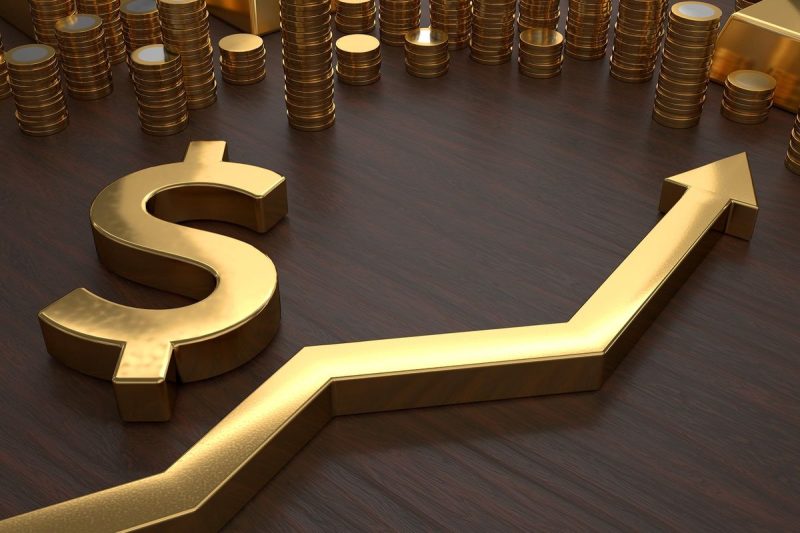The recent surge in gold prices has captured the attention of investors and financial experts around the world. As gold reached a new all-time high, many are left wondering about the factors driving this trend and whether it is just the beginning of even higher prices. Experts in the field have been closely monitoring the situation and have provided valuable insights into the dynamics at play.
One of the key reasons behind the spike in gold prices is the economic uncertainty prevalent in the global market. The ongoing trade tensions between major economies, geopolitical unrest, and the impact of the COVID-19 pandemic have all contributed to a sense of insecurity among investors. In times of crisis, gold has historically been viewed as a safe haven asset, offering stability and a hedge against inflation. As a result, many investors turn to gold as a reliable store of value in uncertain times, driving up demand and pushing prices higher.
Furthermore, central bank policies play a crucial role in shaping the price of gold. Central banks, particularly in emerging economies, have been increasing their gold reserves as a way to diversify their assets and reduce their reliance on traditional currencies such as the US dollar. This trend not only reflects a loss of confidence in fiat currencies but also signals a move towards a more secure and stable form of wealth preservation. The actions of central banks have a direct impact on the demand for gold, driving up prices in the process.
Another factor influencing the rise in gold prices is the low-interest-rate environment prevailing in many parts of the world. With central banks keeping interest rates at historically low levels to stimulate economic growth, the opportunity cost of holding gold, which does not yield interest, becomes less significant. As a result, investors are more inclined to allocate their funds towards gold as a means of preserving their wealth and generating returns in the long term.
Moreover, the recent influx of investment in gold-backed exchange-traded funds (ETFs) has further fueled the rise in prices. ETFs provide investors with easy access to gold as an investment vehicle without the need for physical ownership. This surge in demand for gold ETFs has led to increased buying pressure on the underlying asset, thus contributing to the upward trajectory of gold prices.
Looking ahead, experts believe that the factors supporting the current uptrend in gold prices are likely to persist in the near future. Economic uncertainty, central bank policies, low-interest rates, and increased investment in gold ETFs are all expected to continue driving demand for gold and pushing prices higher. While some fluctuations may occur in the short term, the overall outlook for gold remains positive as long as the underlying drivers remain in place.
In conclusion, the recent spike in gold prices to new all-time highs can be attributed to a combination of economic uncertainty, central bank policies, low-interest rates, and increased investment in gold ETFs. These factors have created a conducive environment for gold as a safe haven asset, attracting investors seeking stability and wealth preservation. As experts predict a continuation of these trends in the future, the outlook for gold remains optimistic, offering potential opportunities for investors looking to diversify their portfolios and protect their wealth in uncertain times.




























